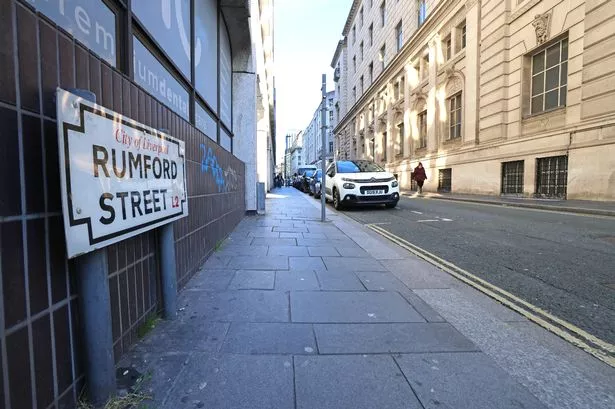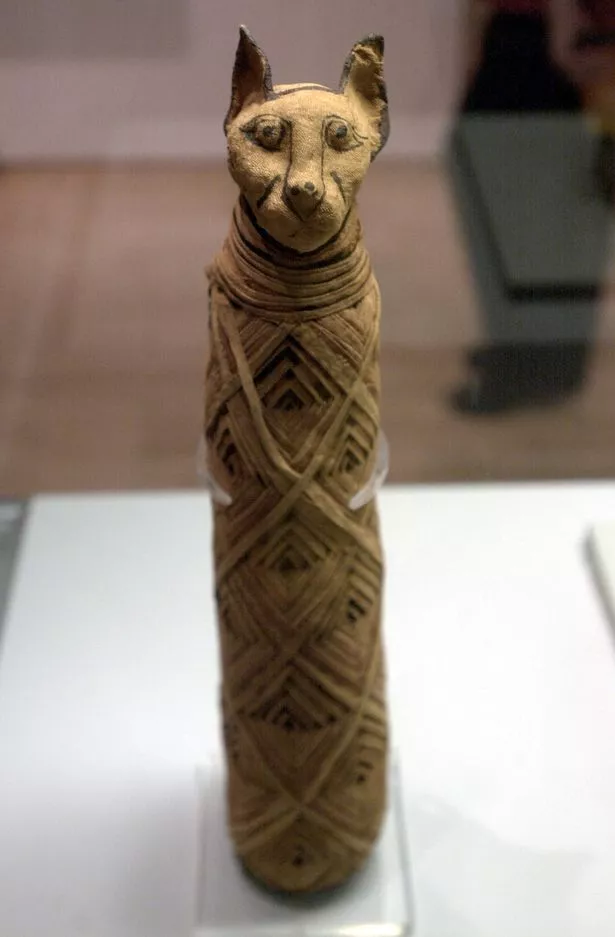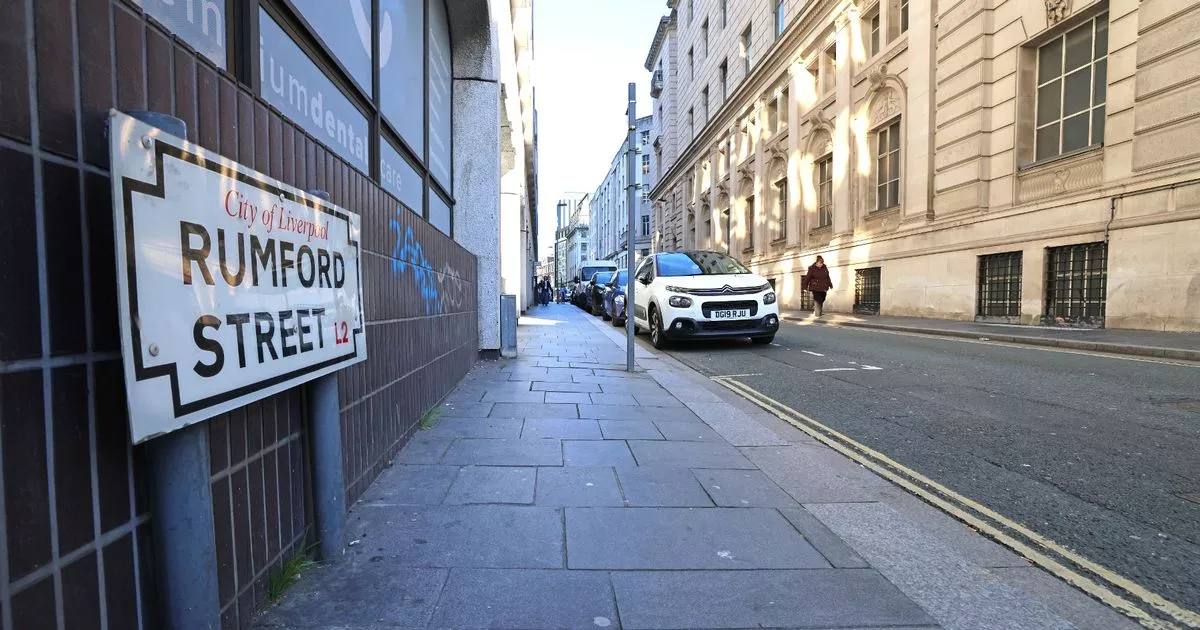The sale provoked a national stir and was called “a tragedy” by one expert Rumford Street, Liverpool. Photo by Colin Lane(Image: Colin Lane/Liverpool Echo)
Rumford Street, Liverpool. Photo by Colin Lane(Image: Colin Lane/Liverpool Echo)
On one of the grandest streets in Liverpool, a strange and disturbing auction once took place that caused a national stir. In 1888, a farmer found more than 180,000 cat mummies buried near a temple in Beni Hasan in Egypt.
Some of the cats were said to be wrapped in colourful, richly embroidered cloth, while others were wrapped in plain linen. They dated from approximately 2,000 BC, making them nearly 4,000 years old at the time of the discovery.
A Liverpool-based company called Leventon & Co. learned that local farmers were using remnants of the cat mummies as fertiliser to help their crops grow. The company, which was headquartered in Hackins Hey, specialised in the importation of bones and guano (bird excrement).
Noting that the cat mummies made “excellent manure”, the company bought the entire cargo, which reportedly weighed nearly 20 tons. In 1890, the Moss Steamship Company shipped the mummies from the Egyptian port of Alexandria to Liverpool. The cargo was so large, two ships were needed to carry it – the Pharos and the Thebes.
 A mummified cat on display at a museum(Image: Birmingham Post and Mail)
A mummified cat on display at a museum(Image: Birmingham Post and Mail)
The Pharos landed at Bramley-Moore dock on February 1, 1890, generating significant media attention. The public was at turns shocked and fascinated by the unusual cargo.
Many of the cats’ bodies were crushed and used as fertiliser, while their linen wrappings were used in paper manufacturing industry. But as a result of the enormous interest in the cargo, the public was allowed to buy individual specimens, and some of the more complete mummies were auctioned at the offices of James Gordon and Co, based at 9 Rumford Street in Liverpool city centre.
The auctioneer reportedly used the head of one of the mummies as his hammer. The Liverpool Weekly Courier wrote on February 15, 1890, that “a cat asleep with one eye open and a perfect study of a sweet face” fetched 3s. 3d, while someone paid half a crown for “a head with the teeth intact”.
In 2023, Dr Ashley Cooke, Senior Curator of Antiquities at Liverpool’s World Museum told the Wirral Ancient Egypt Society that “the vast majority of these animal mummies were produced for the cults of different gods associated with a variety of animals and birds.”
He said that Gascon Maspero, a French Egyptologist, called the decision to import 180,000 cat mummies to Liverpool for fertiliser a “tragedy”, as “more could have been learned about these cults and these offerings”.
Dr Cooke said: “Cat mummies tended typically to be formed in a long cylindrical shape with a cat-shaped head, wrapped geometrically and sometimes with a cartonnage mask with ears, a nose, cheeks and maybe a collar attached.
“There were a number of techniques; limbs removed, stuffing added or kittens filled out to represent an adult cat. Many show fractures, especially of the neck and the cats had had an average lifespan of only two years.
“This suggests a mass breeding programme for the sole purpose of killing them as offerings; the thousands mummied in this way were certainly not kept as pets. The same applies to the other animals and birds mummified in such vast quantities.”
A number of animal mummies are on display at the Liverpool World Museum on William Brown Street, where admission is free.
